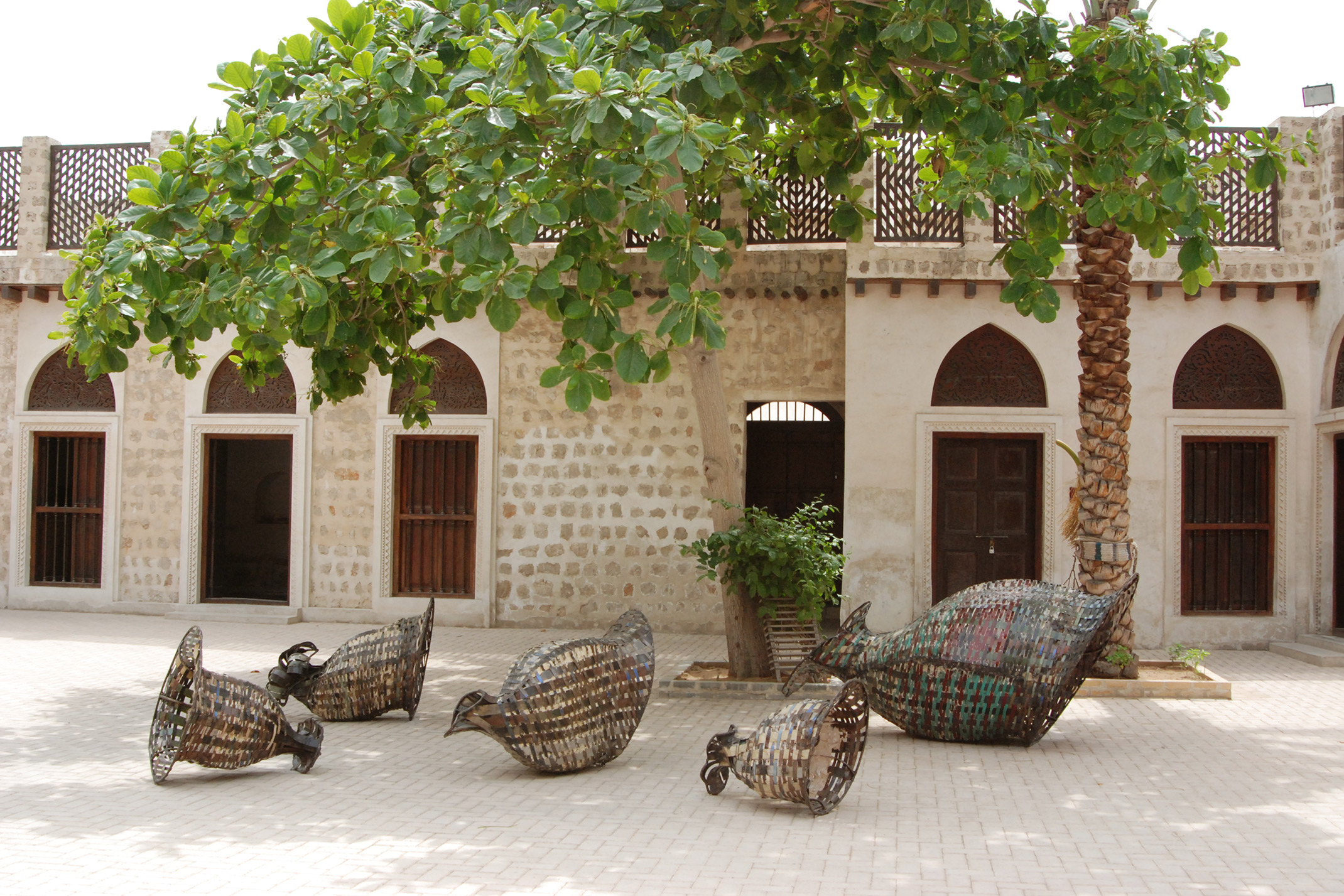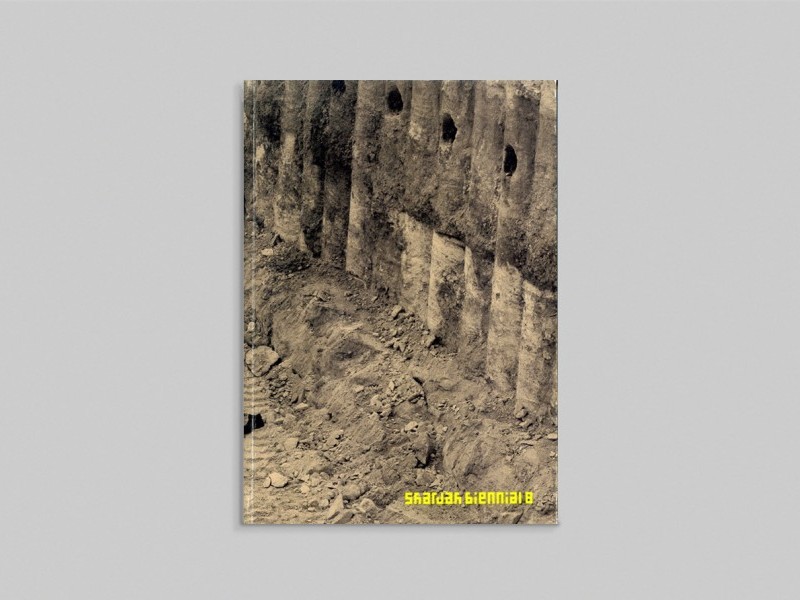
Me, no, not me, buy me, eat me, wear me, have me, me, no, not me, 2007
Ranjani Shettar
Me, no, not me, buy me, eat me, wear me, have me, me, no, not me, 2007
Mild steel from used car bodies and metal paste
Installation view
search


Ranjani Shettar
Me, no, not me, buy me, eat me, wear me, have me, me, no, not me, 2007
Mild steel from used car bodies and metal paste
Installation view
Having trained in sculpture at Chitrakala Institute of Advanced Studies in Bangalore, Ranjani Shettar creates three-dimensional works that explore the confrontation of the urban and the organic, the metaphysical and the mundane. Employing a wide range of common, everyday materials such as wax, Indian ink, paper, resin, cotton, PVC pipes, plastic sheeting, and mud, Shettar constructs sculptural artifacts that speak obliquely to the effects of urbanization in newly high-tech Bangalore. By using a formal language that invokes the organic and a material language that suggests the industrial, she operates in a manner similar to that of Bangalore itself, where industrial urbanisation is colliding with (and collapsing into) the once rural countryside. But above all else, Shettar’s work asks phenomenological questions about the way in which we inhabit particular spaces in our built environment.
In her solo exhibition “Home” (2000), Shettar launched into a sculptural investigation of the concept of shelter. Employing a biological idiom in these works, the artist built a series of archetypal structures from nature that might be thought of as "homes", ranging from those of insects and birds to silkworms and even plants. Invitations, for example, is a series of pod- or cocoon-like resin forms that are piled rather haphazardly in a corner. Another work in this exhibition, Thousand Room House, is reminiscent of a beehive, although its strangely organic honeycomb structure is constructed with the decidedly artificial materials of plastic sheeting, rope, and rivets. Each of these works speaks to what philosopher Gaston Bachelard has described as an "intimate immensity", in that each structure invokes a shelter that is poetically suggestive of our oneiric ability to invest spaces with our own desires and phenomenological memories. As suggested by Bachelard, "A house that has been experienced is not an inert box. Inhabited space transcends geometrical space." Such a specificity of inhabited space, of the space of a shelter invested with a particular kind of living and spiritual energy, is operative in Shettar’s work. As she herself suggests, "Home is the body. The body is not the physical alone but the mental, emotional and the spiritual." In all of her work, Shettar maintains this explicit dialogue between the spiritual and the everyday.
By Douglas Fogle, Curator, Walker Art Center, 2003
This project was part of Sharjah Biennial 8.

This catalogue accompanied Sharjah Biennial 8, which attempted to renegotiate the relationship between art and ecology into a system of cohabitation.

The second book in the Still Life: Art, Ecology and the Politics of Change series, documents Sharjah Biennial 8 as it was on view.